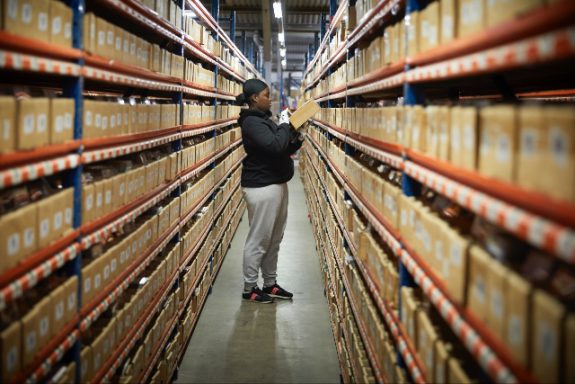

Pioneer secondary market provider musicMagpie’s global revenue dipped by £8.1 million, from £61.9 million to £53.8 million, for the six months to May compared to the same period last year.
This drop is primarily attributed to strategic changes in its USA operations, shifting to a sourcing-only model. Despite the overall revenue decline, UK consumer technology sales saw an increase, reaching £28.7 million.
The company, which is still open to a sale and has been having talks since November with prospective acquirers. It now has a market capitalization of £6.66 million. Its share price has dropped from a year-high of £25.25 to a low of £5.00. At time of writing it was £6.75
Cost reduction measures.
musicMagpie says it has successfully implemented cost reduction measures, lowering overheads by £2.4 million and states”
“This has helped to mitigate the impact of reduced gross profit from lower revenues. Music Magpie’s focus on higher-margin sales and its rental service has significantly contributed to improved profitability. Earnings before depreciation, interest, and amortisation for this period rose to £2.0 million, up 42 percent from the previous year.

CEO and co-founder Steve Oliver (main pic) said,
“Amidst an increasingly competitive environment for second-use technology, and with consumers continuing to feel the squeeze on their wallets, the market has undoubtedly been challenging. However, our turnover remained robust in the UK, where Consumer Technology sales held firm, and Disc Media and Books showed welcome signs of stabilization.
“We have been proactive in delivering savings to our cost base and right-sizing our business. Combined with our efforts to refine and improve the way in which we buy, sell, and rent, our business is now in a stronger position and better able to capitalise on the continued growth of second-use markets. We have recently launched the buying of branded fashion items on the musicMagpie platform and intend to continue broadening our offering and further unlock the ‘world of inventory’ that sits in consumers’ households.”









